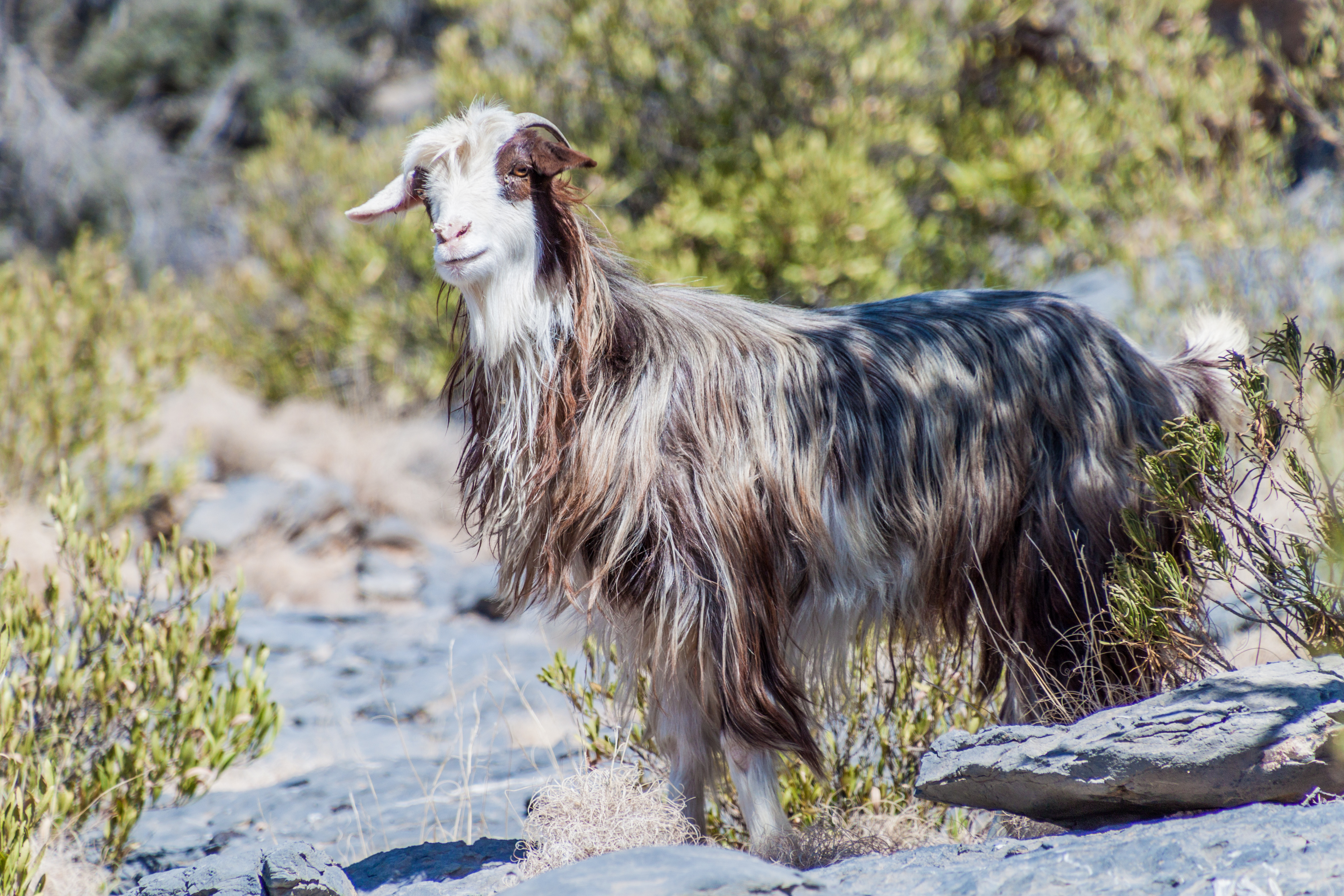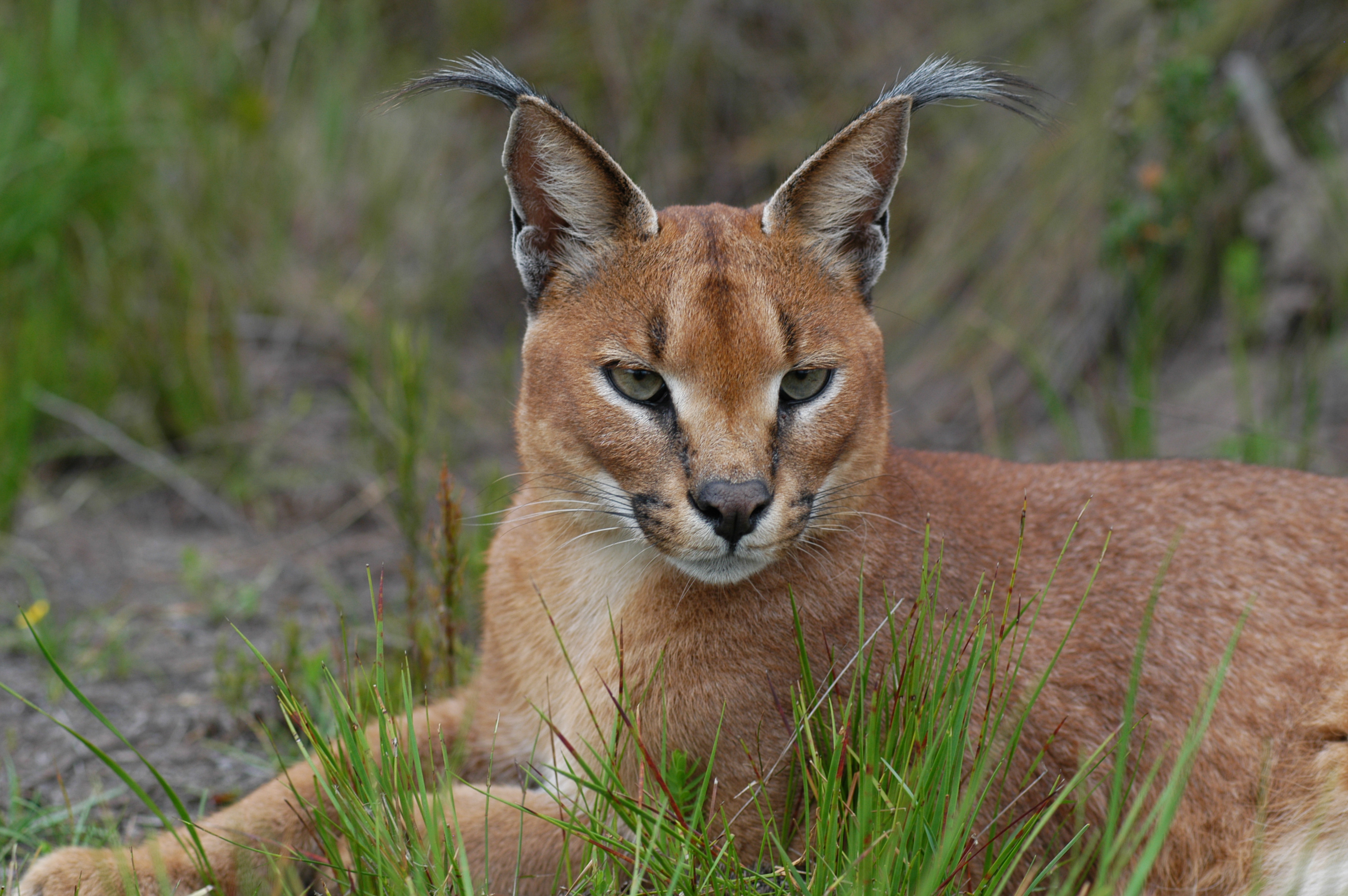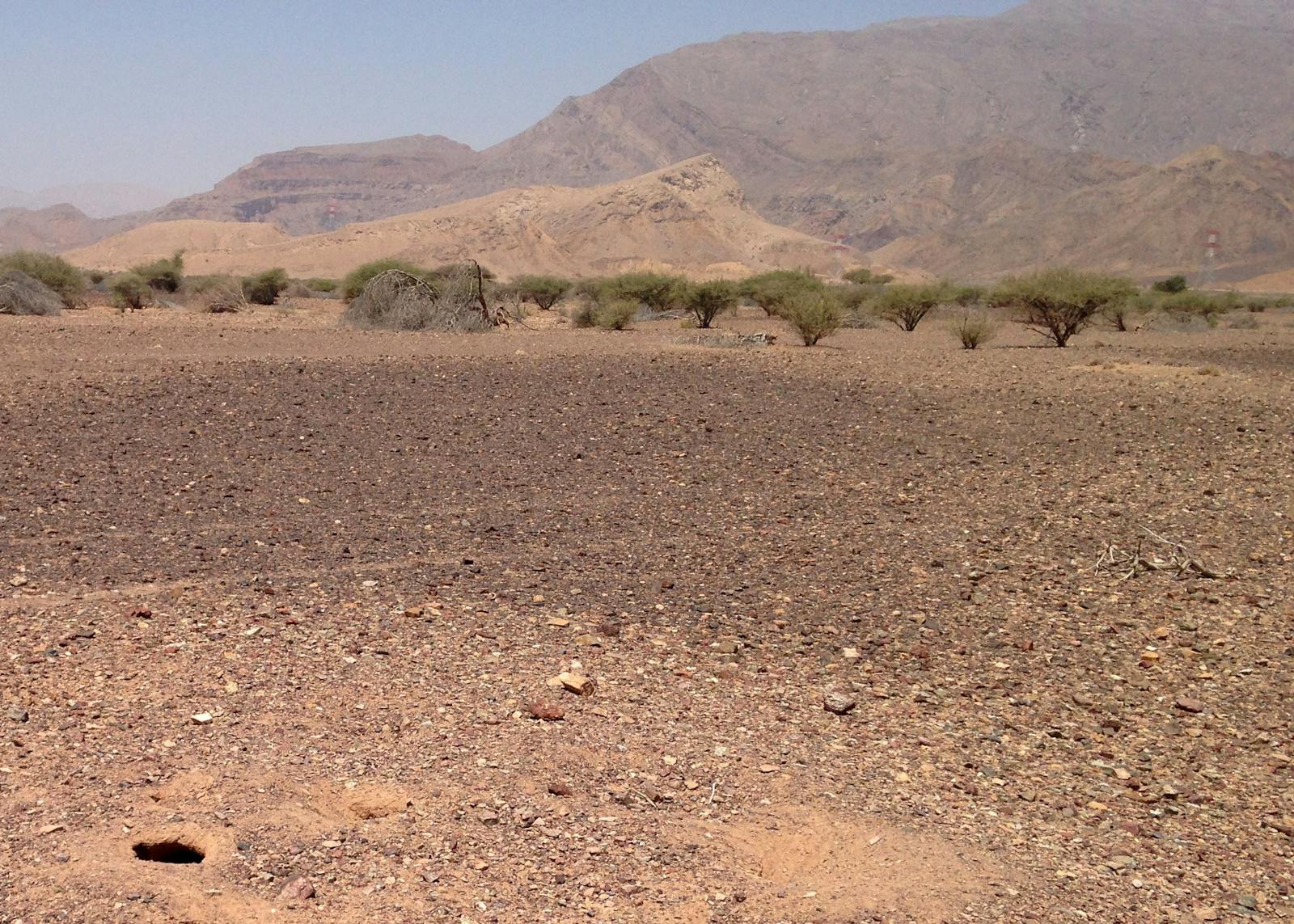Al-Hajar Foothill Xeric Woodlands and Shrublands
The ecoregion’s land area is provided in units of 1,000 hectares. The conservation target is the Global Safety Net (GSN1) area for the given ecoregion. The protection level indicates the percentage of the GSN goal that is currently protected on a scale of 0-10. N/A means data is not available at this time.
Bioregion: Red Sea, Arabian Deserts & Salt Marshes (PA26)
Realm: Southern Eurasia
Ecoregion Size (1000 ha):
4,659
Ecoregion ID:
722
Conservation Target:
10%
Protection Level:
1
States: Oman, United Arab Emirates
Arid rocky slopes and gravel plains are punctuated with lush freshwater oases in this ecoregion, which extends across much of Arabia’s Al-Hajar mountain range. One of the last strongholds for the Arabian tahr, the region hosts an exceptional number of endemic species across a variety of habitats. Rare dragonflies skim the water at Wadi Wurayah in the United Arab Emirates, the chukar partridge perches on rocky slopes in Musandam, and the endemic blue-tailed lizard can be spotted scurrying across much of the region.

The flagship species for the Al-Hajar Foothill Xeric Woodlands and Shrublands ecoregion is the Arabian tahr. Image credit: Creative Commons
This ecoregion surrounds the Al-Hajar Montane Woodlands and Shrublands ecoregion, encompassing the Al-Hajar foothills and lands lying below 1,200 m. It covers a vast area, stretching from Jalan Bani Buhassan in the south of Oman to Khasab in the north, including a section in the United Arab Emirates just south of the Musandam peninsula. Rocky mountains, gravel valley (wadi) beds and alluvial plains comprise the terrestrial habitats, with the Musandam fjords and a range of inland wetland areas hosting rich marine and freshwater ecosystems. The climate is hyper-arid and hot, with summer temperatures exceeding 40°C during the day. Annual rainfall averages around 75 mm in the lowlands, increasing slightly at higher elevations.
Acacia tortilis is the dominant tree species, with the Al Saleel region hosting one of the largest tracts of Acacia in Arabia. Ghaf, wild almond, Wonderboom fig, Christ's thorn jujube, and the endemic Rhus aucheri are also common tree species, especially in wadis and other areas of greater moisture availability. Desert cotton and camel grass also grow in these patches. Euphorbia larica is found in the thin soils of the rocky hill slopes alongside other flowering species such as Ochradenus arabicus and Lavandula subnuda, and grasses such as crimson fountain grass. After the winter rains, alluvial plains turn into grazing hotspots as swathes of grasses emerge seemingly overnight.
The spectacular range of habitats in this ecoregion lends itself to an equally diverse flora and fauna, exhibiting a high proportion of rare and endemic species. The endangered Arabian tahr is found throughout the foothills, as is the Arabian gazelle, caracal, and Blanford’s fox. Arabian leopards have historically been reported in the region, but are now thought to be locally extinct.
The region’s avifauna includes the endangered Egyptian vulture, chukar, striated Scop’s owl, and large numbers of kingfishers wintering around the rocky shores of the Musandam peninsula. Freshwater habitats in the UAE’s Wadi Wurayah contain the rare desert basker dragonfly and are an important spawning ground for fish, including the threatened and regionally endemic Garra barreimiae. The endemic blue-tailed lizard, Arabian toad, and Oman rock gecko are some of the reptiles spotted here, with endemic plants including Echinops erinaceus and Lindenbergia Arabica. Dolphins and colorful reef fish can be found around the coral gardens in Musandam’s fjords.

Caracal. Image credit: Wildscreen Exchange
The Al-Hajar foothills possess a rich cultural history, with examples of rock art and burial grounds dating back as far as the Iron Age and even the 3rd millennium BC in the UNESCO World Heritage Site of Bat, Al-Khutm and Al-Ayn. Nowadays, wadis and areas of permanent water resources are used for light cultivation, with more intensive practices in some areas. One such area is the oasis downstream of Wadi Wurayah, where economically important crops of dates, mangoes, vegetables, and some forage crops are grown. Wadi Wurayah, with its unique waterfalls and streams, is a designated Ramsar site and National Park, and was awarded UNESCO Biosphere Reserve status in 2018. The wetlands around Hatta in UAE are also a Ramsar site. In Oman, protected areas encompass the low lands around the Jebel al Akhdar mountain range and the plains of Al Saleel.
Hunting poses a constant threat to wildlife throughout the region, despite attempts to enforce laws against it, and has led to a reduction in the number of large predators. Partly as a result of this, uncontrolled populations of feral goats have led to severe overgrazing of vegetation, outcompeting the more selective tahr and Arabian gazelle. Rapid development, increasing tourism and quarrying for rocks are considerable threats in many areas. Overfishing is reported as an issue in Musandam.
The priority conservation actions over the next decade will be to: 1) manage visitor use of tourist hotspots to prevent habitat degradation; 2) produce an accurate census of livestock numbers to help combat overgrazing; and 3) increase protected area coverage across the region.
Citations:
- Monks, J. et al. (2019) ‘A preliminary survey of the insect fauna of the Hajar Mountain Range Oman’. Journal of Natural History 53(15-16), pp.939-963, DOI: 10.1080/00222933.2019.1611969
- Patzelt, A. et al. (2014). ‘Studies in the flora of Arabia: XXI. New records from the Sultanate of. Oman’. Edinburgh Journal of Botany, 71(2), pp. 161-180. DOI: 10.1017/S0960428614000067
- UNESCO (2019). ‘Wadi Wurayah Biosphere Nature Reserve, United Arab Emirates’. [Online]. Available from: https://en.unesco.org/biosphere/arab-states/wadi-wurayah [Accessed 24/08/2019].

.png?auto=compress%2Cformat&w=300)

